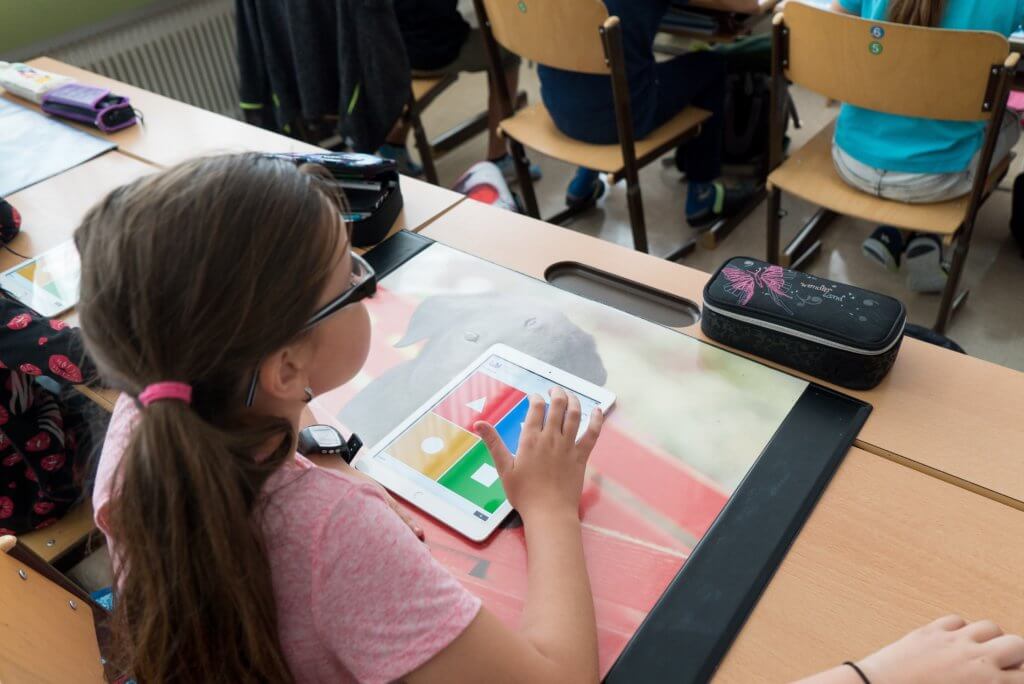By Kruakae Pothong, Ayça Atabey and Sonia Livingstone
The volume and types of data, as well as the purposes of data processing in educational contexts, have expanded well beyond the initial purposes of evaluating schools’ performance, education planning and funding allocation, especially with the increased EdTech use in schools. Processing children’s education data promises a broad range of benefits that could advance children’s best interests provided that data are processed in a responsible, rights-respecting way that is proportionate to the risks and benefits. How can this be done, while also mitigating problems that can arise from such processing? And what level of agency should children, their parents and schools have in determining the scope and purposes of data processing in education?
To answer these questions, the Digital Futures Commission organised a roundtable discussion with stakeholders, including those representing the Information Commissioner’s Office, research, commercial provision of Data Protection Officer (DPO) services, EdTech demonstrators, practising lawyers, designers of digital products and services, and the NGO and child-rights sector. Organised under the Chatham House Rule on 13 October 20201, the roundtable set out to:
- Identify which uses of education data are in children’s best interests
- Discuss the problems arising from such data processing
- Brainstorm actions to mitigate problems and realise the benefits of education data.
We used a broad definition of education data which refers to data collected from children at school and through their participation in school. The full coverage of the answers exchanged in our roundtable discussion is captured in our recently published report: Addressing the problems and realising the benefits of processing children’s education data

Six ways in which education data may advance children’s best interests
The first discussion suggested these key purposes for processing children’s education data:
- To provide insights into children’s learning in support of their progression
- To provide personalised learning appropriate for children of different needs and abilities
- To facilitate teaching and (learning) content development
- To facilitate schools’ administrative tasks and processes
- To ensure children’s safeguarding, health and wellbeing
- To facilitate research and development.
Examples of these beneficial uses of education data include tracking student progress across diverse settings to target resources and plan interventions, personalised learning designed to address accessibility issues, enabling flipped learning, supporting schools’ resource allocation and Artificial Intelligence (AI) tracking of students’ behaviour to ensure physical safety. However, these optimistic examples were accompanied by some serious doubts about whether actual benefits are delivered in practice, as well as how they are defined, measured and understood.
A long list of problems with education data processing emerged
Lively discussions were then held which revealed the lack of common definitions and benchmarks for beneficial uses of education data, along with a host of uncertainties over regulation and enforcement. The emerging picture was one of complexity, confusing and disagreement different stakeholders in the education sector.
Without consensual definitions and benchmarks, along with mutual understanding among stakeholders, it is very difficult to determine or anticipate what data processing might be in children’s best interests or how to evaluate this. Consequently, the sector appears a long way from auditable risk-benefit calculations for education data uses in general, and EdTech uses in particular.
Beyond questions of evidence and mutual understanding, roundtable participants raised genuine concerns about the pervasiveness of data collection and processing. The scale and scope of education data collected to develop AI-driven systems or other technology deployment (consider the recent case of facial recognition used to manage the school lunch queue) seems to flout the GDPR principle of data minimisation, and nor does data processing in these contexts appear sufficiently to be proportionate to the intended outcomes.
Given the pervasiveness of data processing in education contexts, participants also raised concerns about risks of exacerbated discrimination and inequalities, notably through profiling and personalisation.
What can and should be done?
Despite the scepticism and problems raised, there was a consensus that education data can still be processed in ways that advance children’s best interests provided robust measures are taken to mitigate the problems raised. These measures must start from clearer boundaries to ensure lawful, purpose-specific, data minimised uses of data in education, along with effective enforcement mechanisms and clearer roles and responsibilities for relevant stakeholders.
Participants also called for careful consideration of both the benefits for and impact of education data usage on children, standardised benchmarks for evaluating the benefits of education data usage based on a clear understanding of the scope of educational purposes and pedagogical direction. Finally, participants called for increased agency for children, schools and parents in determining how data collected in an education context can and should be used.
Committed to bridging the divide between the idealistic and dystopian views of education data usage, the Digital Futures Commission takes on board these recommendations in advancing its research to identify the conditions under which education data processing can realise children’s rights and best interests. We welcome hearing of instances of best practices as well as lessons to learn from in relation to education data processing. So, get in touch!
This blog is part of the education data series. You can view the rest of the blog series here.